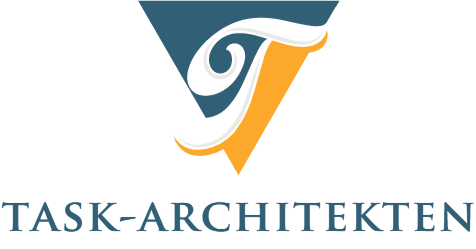Introduction
The concept of lighting has come a long way since the invention of the light bulb by Thomas Edison in the 19th century. Over the years, numerous inventions have been made to improve the efficiency and longevity of light bulbs. The latest innovation in the field of lighting is the LED (Light Emitting Diode) light bulb. LED bulbs are revolutionizing the way we light up our homes, businesses and public spaces. In this article, we’ll explore the benefits of LED lighting and the difference it’s making in the lives of people around the world.
The Science of LED Lighting
LED light bulbs work differently than traditional incandescent bulbs. In incandescent bulbs, an electric current passes through a filament, which heats up and produces light. However, in LED bulbs, the current passes through a semiconductor material that illuminates when charged with electricity. This makes LED bulbs more energy-efficient and long-lasting than incandescent bulbs.
Energy Efficiency and Cost Savings
LED bulbs are much more energy-efficient and cost-effective than traditional bulbs. According to the US Department of Energy, LED bulbs use up to 75% less energy than traditional bulbs and last 25 times longer. This means that you can save money on your electricity bill and replacement costs over time. While LED bulbs may be more expensive upfront, the long-term savings make them more affordable and practical in the long run.
Environmental Benefits
In addition to cost savings and energy efficiency, LED bulbs also have significant environmental benefits. Traditional bulbs contain hazardous materials such as mercury that can be harmful to the environment when disposed of improperly. LED bulbs, on the other hand, do not contain mercury or other hazardous materials, making them safer for the environment. In addition, LED bulbs produce less heat than traditional bulbs, which can help reduce the energy needed for air conditioning systems.
Versatility and Convenience
LED bulbs come in a variety of shapes, sizes and colors, making them perfect for different lighting needs. From small bulbs that illuminate electronic devices to large bulbs that light up public spaces, LED lighting is versatile and convenient. In addition, LED bulbs can be controlled using smart home technology, enabling homeowners to adjust lighting remotely or turn lights on and off automatically.
The Future of LED Lighting
The future of LED lighting looks bright, with many companies investing in research and development to improve LED technology. New innovations such as organic LED (OLED) and smart lighting systems are already making their way into homes and public spaces. OLED lighting is thinner, lighter and more flexible than traditional LED lighting, making it ideal for curved surfaces and other unique applications. Meanwhile, smart lighting systems can detect occupancy and adjust lighting automatically, making them more energy-efficient and convenient.
Conclusion
LED lighting is revolutionizing the way we light up our lives. It’s more energy-efficient, cost-effective, safe for the environment and versatile than traditional lighting. As technology continues to advance, the future of LED lighting looks promising. As a consumer or business owner, consider making a switch to LED lighting today to enjoy the benefits of this innovative technology for years to come.

Dazzling Dandelion: Unleashing the Benefits of Dried Dandelion
Introduction Dandelion is a common weed that most people tend to overlook. However, it has been used for centuries as a natural remedy for various ailments. Dandelion dried is an excellent way to enjoy the health benefits of this plant. In this article, we will explore the various benefits of dried dandelion and how it […]